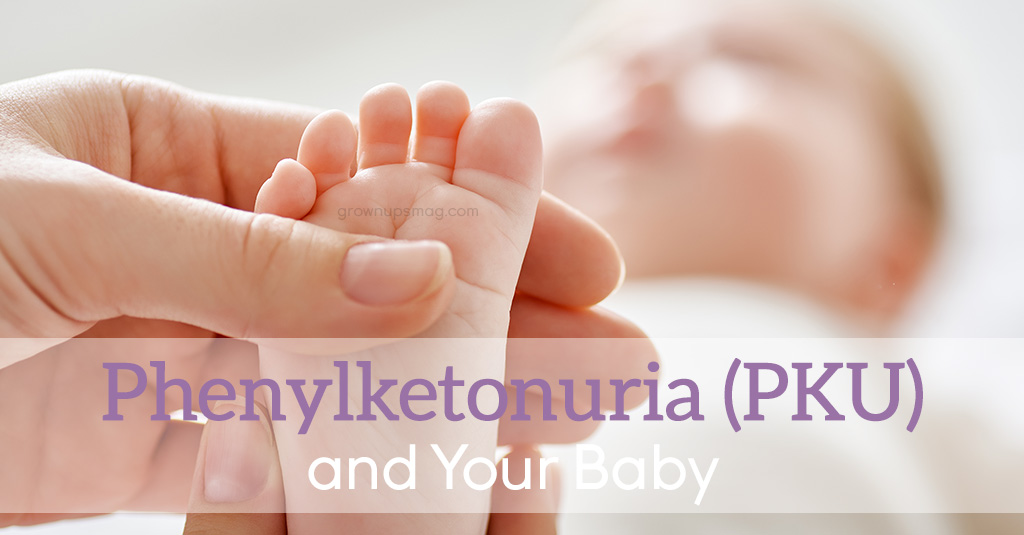
Nutritional therapy should be started as early as possible, preferably during the second week of life, considering that diagnostic confirmation will take place during the first week of life. Depending on the initial value, PHE intake should be excluded until PHE values attain ranges that do not cause neurological damage. It is important to note that beginning treatment in a timely manner requires coordination between the neonatal screening laboratory, a search of the suspect cases, and a short confirmation period to establish a correct case. On this basis, the following recommendations are to be considered:
- If, at diagnosis, the newborn has a PHE value less than 6 mg/dL (360 µmol/L), patient should maintain exclusive breast-feeding, with PHE blood levels checked weekly. If value is greater than 6 mg/dL, patient should begin nutritional treatment, controlling PHE intake.
- When PHE value is between 6 and 10 mg/dL (360-600 µmol/L), treatment should begin in the form of a PHE-restricted diet. As PHE value is not extremely high, 50% of the total volume should be PHE-free formula and 50% breast milk or infant formula. This requires estimating the total volume of liquids, considering the recommendation of 150 mL/kg/d (recommended dietary intake [RDI]). Blood PHE value should be measured weekly, and according to the results obtained, PHE intake should be adjusted. If values remain high, the contribution of breast-feeding should be reduced and the volume of PHE-free formula increased. The recommendation is always to provide PHE-free formula first and then place the baby to the breast.
- When initial value of PHE is over 10 mg/dL (600 µmol/L), breast-feeding and/or infant formula should be discontinued immediately. First, determine the total fluid volume (150 mL/kg/d); 100% of the daily volume should be PHE-free formula, which provides all the nutrient necessities for this age group. After 5 to 7 days, if PHE value has dropped below 10 mg/dL, PHE intake is reintroduced through combined breast milk with special formula, providing the lower amount of PHE recommendations (Table 2). It is important to note that PHE-free formula is always given before breast milk. The PHE values are tested weekly until PHE is able to stabilize between 2 and 4 mg/dL (120-240 µmol/L).
- The PHE levels measured every 7 days, making sure that there is adequate physical growth.
- If plasma PHE level is less than 2 mg/dL (120 µmol/L), the supply of PHE should be increased to 50 mg/d. If PHE is more than 6 mg/dL (360 µmol/L), PHE intake should decrease 30 to 100 mg/d depending on the detected plasma level.
- Each change in diet is followed by an assessment of PHE value every 7 days after a change, and necessary adjustments should be made to the diet in order to maintain PHE values between 2 and 4 mg/dL (120-240 µmol/L) in infants and between 2 and 6 (120-360 µmol/L) in older children.
- For actual PHE intake measurement, a 24-hour dietary recall close to PHE measurement date should be completed by parents or caregivers in order to evaluate PHE requirements according to the metabolic status of the child.
- Between the third and fifth month of life, there is a slowdown in growth, thus PHE contribution should be discreetly decreased and adjusted in each case if PHE value increased without apparent cause. If the child spontaneously stops taking formula during the night, total volume must be distributing during the day.
- At 5 months, pureed fruit (50-150 mL/d) is introduced. It should be noted that delivery time is midmorning and this contribution of PHE not be quantified due to its low PHE level. Fruits low in PHE, such as pears or apples, are suggested.
- At 6 months, solid meals of vegetables begin with PHE contributions between 100 and 120 mg. This amount of PHE should be considered within the total PHE estimated for each child. It is important to teach parents or caregiver how to calculate the daily PHE. Written explanation and examples should be provided if possible, together with a table of the PHE contents of different foods.
- At 8 months, the second solid food meal begins, increasing the contribution of PHE from natural foods such as vegetables, grains, and fruits to about 200 mg/d. The volume of each meal will vary according to gastric tolerance of the child (200-250 mL in average). At least 3 doses of phenylalanine-free protein substitutes should be kept, if possible, these should be divided in more takes in order to promote anabolism. Increasing intake of solid foods involves a reduction in breast milk and/or infant formula. At this age, in addition to the formula indicated, the child must consume 2 meals and 1 snack (preferably midmorning and consisting of natural fruit).
- At 1 year, PHE intake recommendations are set according to plasma level of previously maintained PHE. First, pureed or semipureed foods are introduced. At 15 months, children have molars, thus chopped foods can be provided, and by 18 months, whole foods are offered. The use of low-protein foods, specially formulated for aminoacidopathies, is an excellent tool to increase volume, providing satiety, and promoting diet adherence.
References
- http://www.mevalia.com/
- http://journals.sagepub.com/
- https://www.nature.com/
- jimd.org
- https://www.ncbi.nlm.nih.gov/
- https://southeastgenetics.org/

Leave a Reply